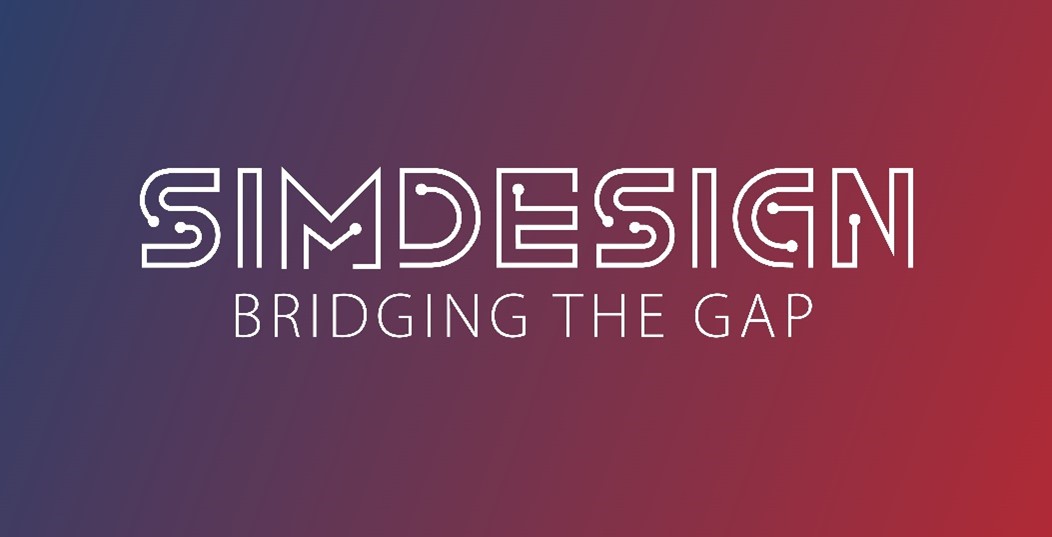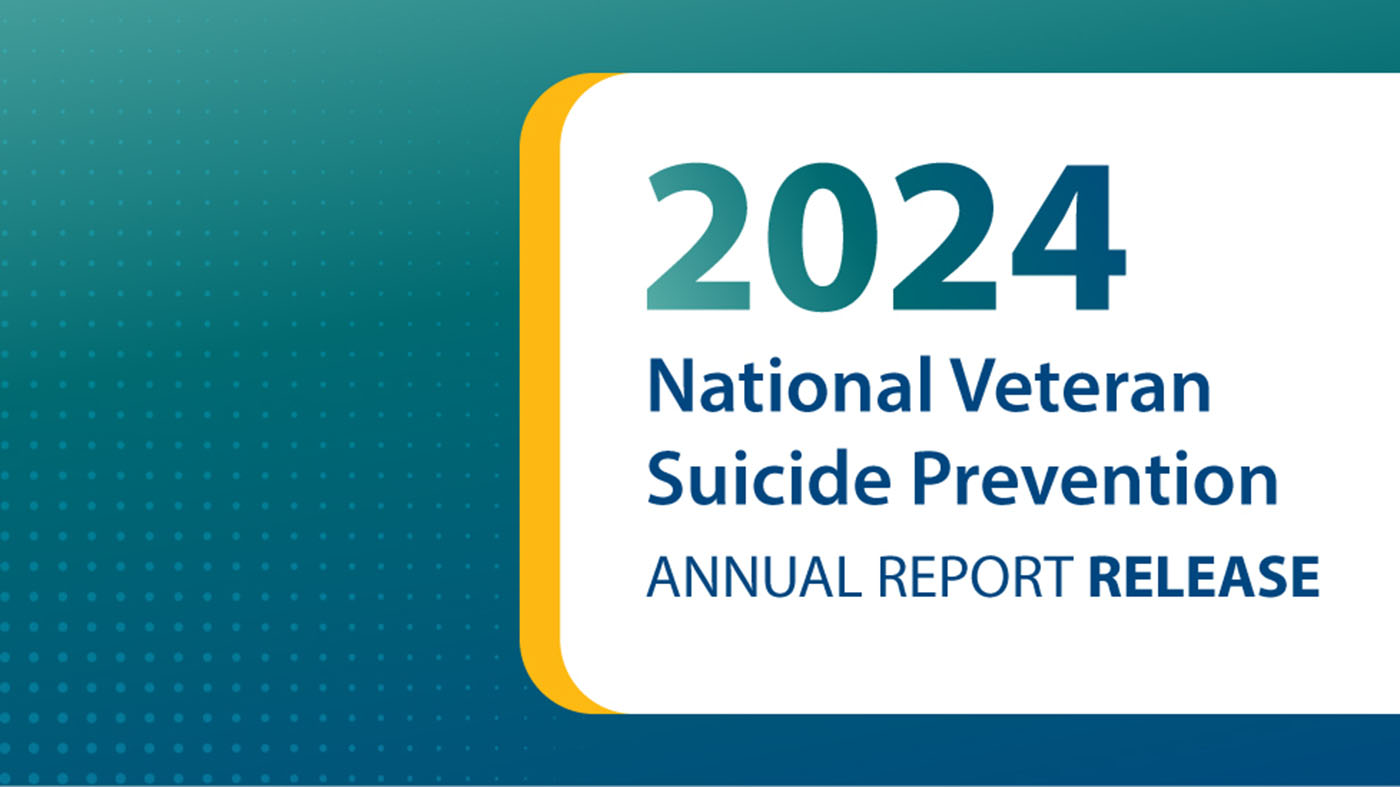The Simulation Learning, Evaluation, Assessment and Research Network (SimLEARN) continues to guide VA’s health care on the path toward becoming a high reliability system. Health care simulation not only directly improves the care Veterans receive, but it also profoundly enhances VA’s health care facilities. How, however, do simulationists plan, design and execute these innovative simulations? Participants at the inaugural SimDesign Collaborative Conference found this out firsthand.
A variety of Health Care Simulation approaches and technologies
 The SimDesign Collaborative Conference was hosted at the National Simulation Validation, Evaluation, and Testing (SimVET) Center (NSC) in Orlando, Florida, by SimLEARN’s Assessment, Collaboration, and Outreach Portfolio (ACO). It brought together VA employees from a diverse range of backgrounds to learn about how simulation efforts can impact Veteran care and VA employee training. The theme for the event was “Bridging the Gap,” as keynote speakers, simulation experts and panelists all discussed how simulation can ensure quality care for Veterans.
The SimDesign Collaborative Conference was hosted at the National Simulation Validation, Evaluation, and Testing (SimVET) Center (NSC) in Orlando, Florida, by SimLEARN’s Assessment, Collaboration, and Outreach Portfolio (ACO). It brought together VA employees from a diverse range of backgrounds to learn about how simulation efforts can impact Veteran care and VA employee training. The theme for the event was “Bridging the Gap,” as keynote speakers, simulation experts and panelists all discussed how simulation can ensure quality care for Veterans.
Day 1
The first day of the event focused on an aspect of simulation that may not come immediately to mind: building planning. With a keynote from Dr. Michael Brennan, Executive Director for the Office of Construction and Facilities Management (CFM), participants got to see how VA uses innovative technologies to help design future facilities that are built with both the Veteran and caregivers in mind.
Through physical simulations, the creation of “digital twins” of rooms in virtual reality (VR) and collaboration with VA’s facility management teams, VA can ensure that pre-planning through simulation delivers health care facilities that can accommodate the vast array of circumstances a caregiver may find themselves in. Efforts like these can also improve older facilities, which may not be designed with modern health care technologies but can adapt to host such technologies.
Days 2 and 3
The second day of the event looked at the implementation of simulation at VA facilities. Simulation experts from ACO presented on how participants could design, implement and execute their own simulations at their respective facilities. They also shared the impact that simulation has, from more safely laid out patient care rooms, to catching smaller errors such broken directional signage or misleading elevator lights. The third day was dedicated to the increasing use of escape rooms in training facility staff. VA is at the forefront of this new and successful style of health care simulation training, and it gave participants a chance to discover exactly how it works.
Hands on With Health Care Simulation
SimDesign was not just a chance to learn from a distance but to go hands-on with the tools and techniques that ACO develops and supports for VA. Participants were able to go through an actual simulation training in the NCS’ simulation rooms. They had the chance to put on VR goggles, design a health care setting virtually and experience multiple escape room trainings. Guided by ACO staff, attendees were immersed in the kind of simulation work that is impacting Veteran care throughout the country.
“This was a chance for people to really discover how simulation can truly impact not just Veteran care but the future of VA health care in terms of facility design, Veteran experience, and so much more,” said Devin Harrison, project manager, ACO. “We’re happy to be here to provide the connections and tools to make this a reality.”
All participants reported that the conference instilled the value of simulation-based training for bettering Veteran health outcomes. They will bring these experiences back with them to VA facilities across the country, spreading the impact of health care simulation. Through ACO, they will have the standardized practices and know how to grow and support simulation education opportunities at their locations, providing standardization of best practices for improved Veteran outcomes, opportunities for innovation and networking of resources.
Topics in this story
More Stories
The Medical Foster Home program offers Veterans an alternative to nursing homes.
Watch the Under Secretary for Health and a panel of experts discuss VA Health Connect tele-emergency care.
The 2024 National Veteran Suicide Prevention Annual Report provides the foundation for VA’s suicide prevention programs and initiatives.






